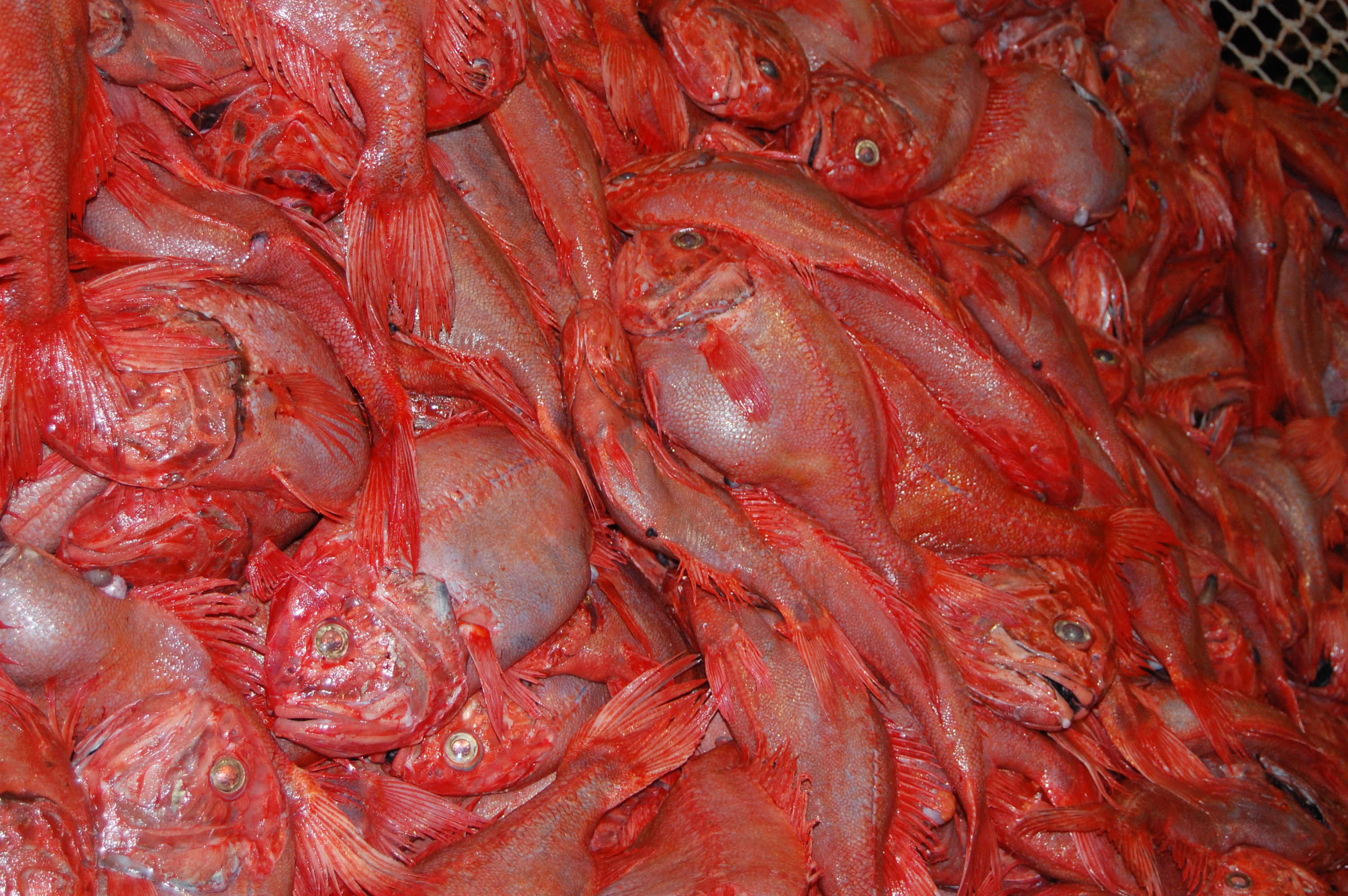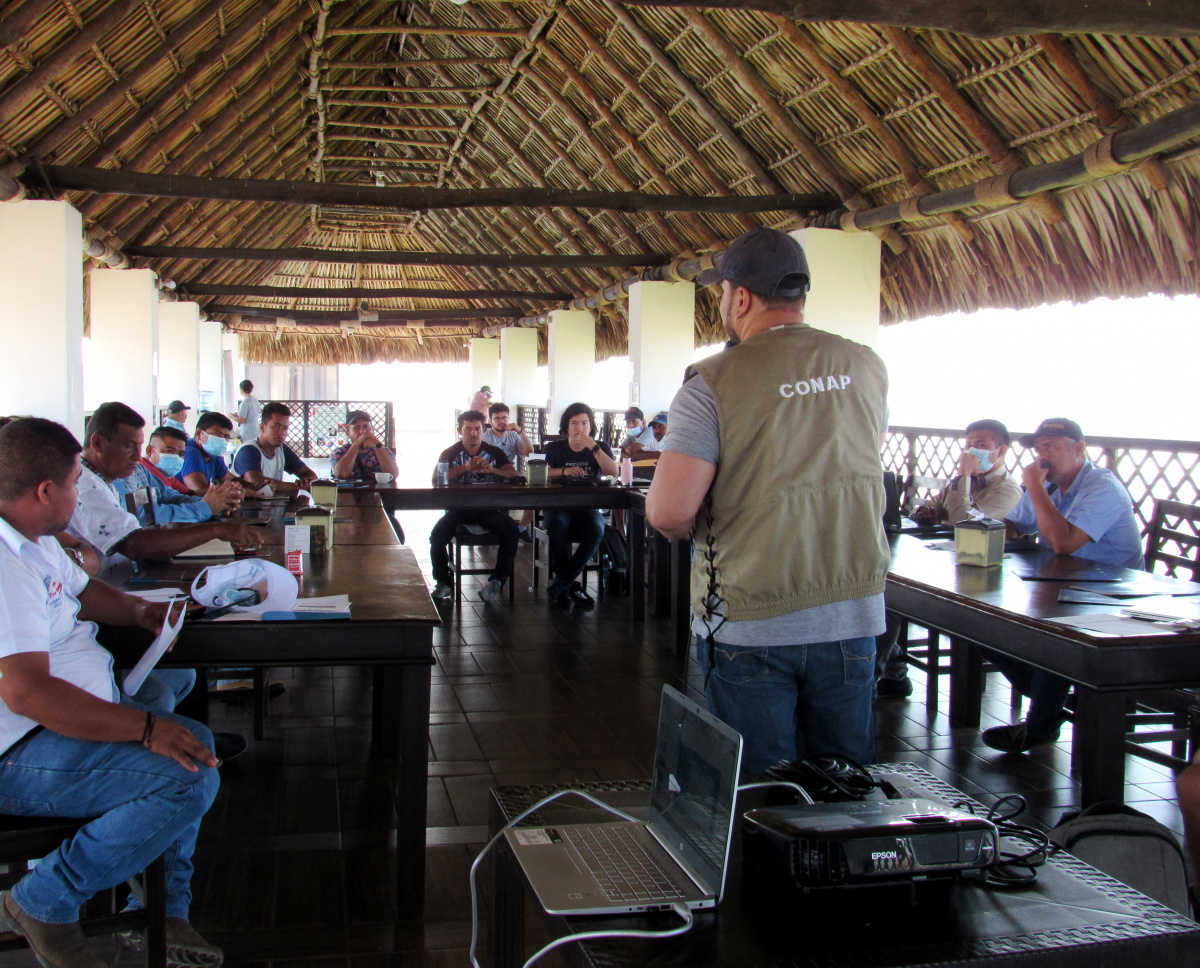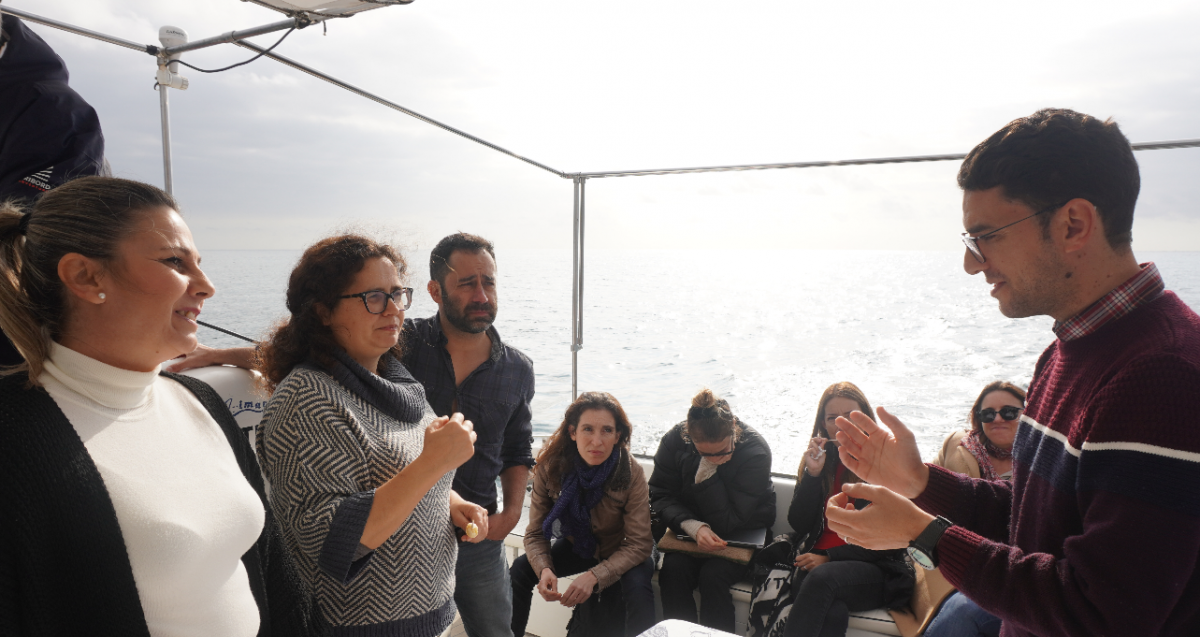IUCN and the fishing industry team up for promoting sound deepwater fisheries management in the high seas
Based on their common interest for sustainable deepwater fisheries, IUCN and the Southern Indian Ocean Deepsea Fishers Association (SIODFA) have entered into a cooperation agreement.

Photo: Jessica Sanders FAO & SIODFA
Through collaborative initiatives, this new partnership aims at developing and promoting means for the long-term sustainability of deep-sea fish stocks; minimising the impact of fishing activities on the marine environment and other species; and conservation measures such as protected areas.
“Fisheries in the high seas remain a great concern to us. Especially in the Indian Ocean, where they are not subject to multilaterally agreed measures due to the lack of an operating Regional Fisheries Management Organisation”, says Carl Gustaf Lundin, Head of the Global Marine Programme. “We are pleased to enter into a dialogue with the industry and hope to find pragmatic solutions to improve the governance and management of deepwater resources in that area”.
SIODFA, set up in 2006, is an association of four fishing companies and represents the majority of deepwater fleet in the southern Indian Ocean. Its primary goals are to maintain unsubsidised, profitable and environmentally sustainable fisheries and to set international best practice for responsible deep-sea fishery management. In 2006, SIODFA voluntarily closed more than 300 000 km2 to trawling, by creating 11 benthic protected areas (BPAs). The announcement of this global first initiative was made jointly with IUCN, Global Marine Programme.
“A major stimulus for the creation of the SIODFA was to resolve management issues in a management void and it has been of considerable concern to SIODFA that ratification of the Regional Fisheries Agreement has been so slow”, says Ross Shotton, Executive Secretary, SIODFA. “SIODFA looks forward to regulatory actions once the Agreement comes into force that learn from policies adopted in countries with successful fisheries governance.”
Due to their life histories and low productivity, marine resources exploited by deep-sea fisheries in the high seas represent a specific challenge for their sustainable exploitation, and most species only sustain low exploitation rates. In addition, bottom fishing gear typically used to fish deep-water species can cause damage to fragile deep-seabed communities such as corals, sponges and other animals.
Over the last few years, there has been growing concern about the conservation and sustainable management of high seas biodiversity. In 2006, the UN General Assembly adopted a resolution (61/105) urging States and Regional Fisheries Management Organisations (RFMOs) to take measures to protect vulnerable marine ecosystems, including seamounts, hydrothermal vents and cold water corals. To assist States and RFMOs implement this resolution, the UN Food and Agriculture Organisation developed international guidelines for deep-sea fisheries in the high seas. However, progress has been slow, and many deep-water fisheries in the high seas remain poorly regulated and managed.
Based on these developments, IUCN and SIODFA are looking forward to collaborate and support the sustainable development of deep-sea fisheries in the high seas.



